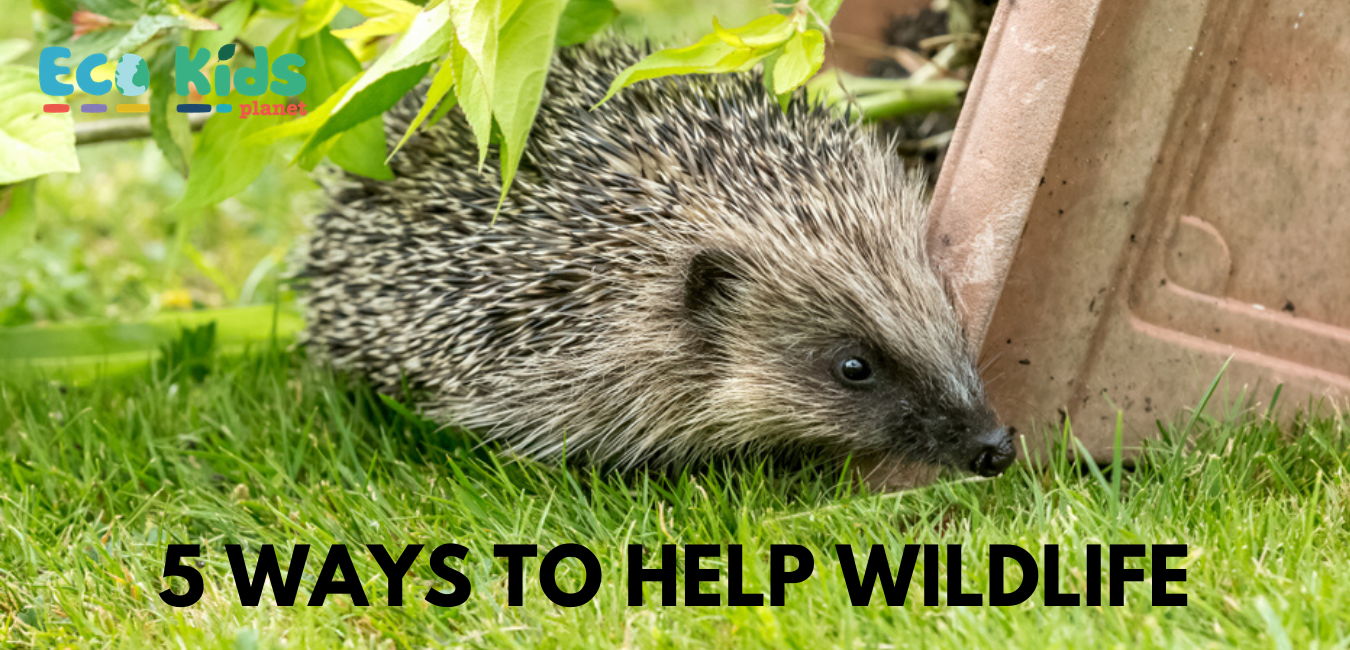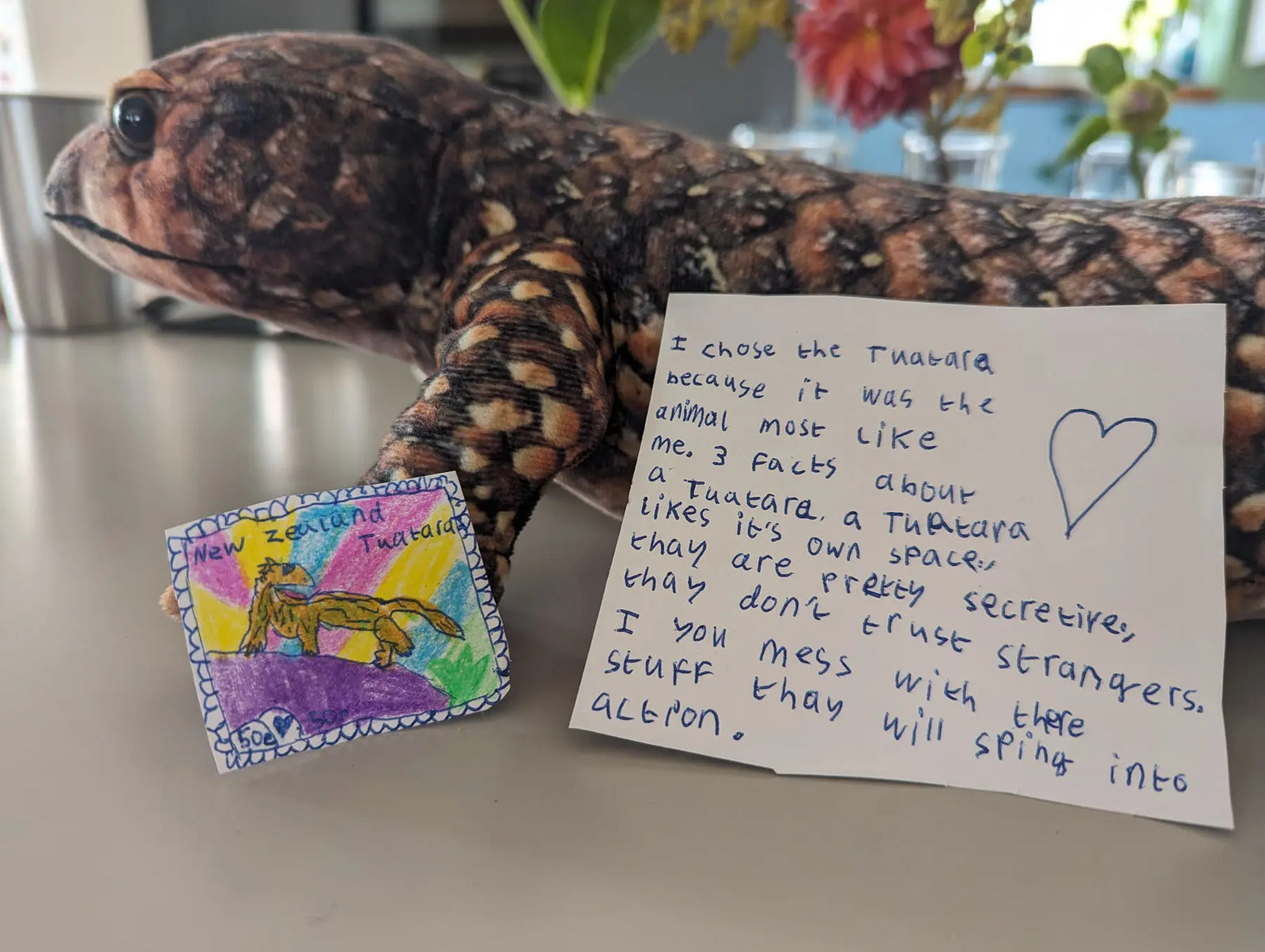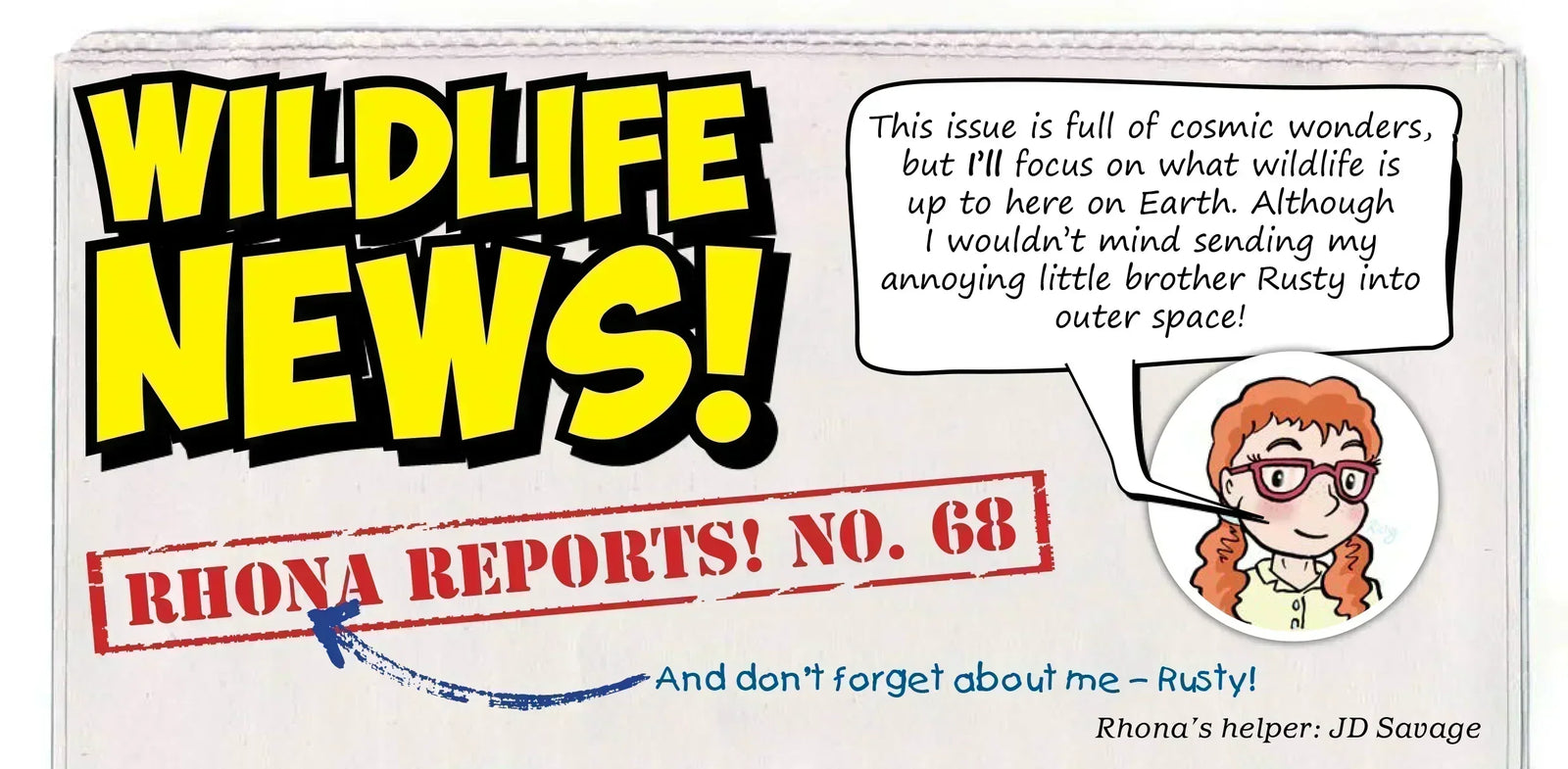Your Cart is Empty
Christmas is coming – get your Eco Kids gifts delivered right on time.
Christmas is coming – get your Eco Kids gifts delivered right on time.
World Wildlife Day (3rd March) is a day to celebrate what makes this world so diverse and beautiful. It also reminds us to keep stepping up for wildlife and doing things to work in harmony with nature, rather than exploiting it.
We’ve rounded up some simple actions you can do TODAY to help nature thrive near you.
 The UK's butterflies are in trouble. Climate change and habitat destruction are the two main contributors. Data shows that since 1976, "habitat specialist" butterflies (the ones that tend not to fly far from their favoured landscapes, such as heathland or chalkland) havedeclined by 77%.
The UK's butterflies are in trouble. Climate change and habitat destruction are the two main contributors. Data shows that since 1976, "habitat specialist" butterflies (the ones that tend not to fly far from their favoured landscapes, such as heathland or chalkland) havedeclined by 77%.
"Wider countryside" species (the ones that are better able to move around and adapt to different environments) havedeclined by 46% over the same period.
Give them a helping hand by creating these colourfulbutterfly feeders from recycled materials. You can also help by growing long grass and leaving fallen fruit under trees for them to feed on. Thistles and stinging nettles are important to butterflies; their larvae depend on them to feed and grow, so don’t be in a hurry to clear them.
 Many populations of our once-common amphibian species are in decline. The common frog and natterjack toad have been in decline since the 1970s. Even common toad populations have dropped across the UK by 68% over the past 30 years. You can help amphibians by creating a wildlife water feature. Amphibians can use it to spawn in, while other animals can use it to cool down and keep hydrated.See our step-by-step guide here.
Many populations of our once-common amphibian species are in decline. The common frog and natterjack toad have been in decline since the 1970s. Even common toad populations have dropped across the UK by 68% over the past 30 years. You can help amphibians by creating a wildlife water feature. Amphibians can use it to spawn in, while other animals can use it to cool down and keep hydrated.See our step-by-step guide here.

 Attract birds to your garden by making them a fantastic feast! Ourfruit and cereal bird feedersare a great way to use up leftover scraps and help birds during the colder months. If you like getting sticky, have a go at ourpinecone bird feeders, too.
Attract birds to your garden by making them a fantastic feast! Ourfruit and cereal bird feedersare a great way to use up leftover scraps and help birds during the colder months. If you like getting sticky, have a go at ourpinecone bird feeders, too.
 In the 1950s, 30 million hedgehogs roamed the British countryside. Now, there are perhaps just one million left – a 97% loss. You can help by making your garden more ’hog friendly. A single hedgehog travels 1-2km a night in search of food, so by putting a hole in your garden fence or shrubs, you’re joining up habitats for hedgehogs to do this. Hedgehogs love piles of leaf litter, too. We’ve also put a guide together on making your own hedgehog home.
In the 1950s, 30 million hedgehogs roamed the British countryside. Now, there are perhaps just one million left – a 97% loss. You can help by making your garden more ’hog friendly. A single hedgehog travels 1-2km a night in search of food, so by putting a hole in your garden fence or shrubs, you’re joining up habitats for hedgehogs to do this. Hedgehogs love piles of leaf litter, too. We’ve also put a guide together on making your own hedgehog home.
Comments will be approved before showing up.
What an incredible fleet of rockets you launched into our inbox this month! Each design showed a different way to turn everyday scraps into something extraordinary. Some rockets looked ready for deep-space exploration, others carried alien crews, and a few were so beautifully decorated they could ha...
Meet the winners of our New Zealand postage stamp competition and explore a gallery of brilliant children’s designs celebrating Aotearoa’s unique wildlife.
Here’s a sneak peek straight from our latest issue of Eco Kids Planet, Wonders Beyond Earth. Wildlife News is where Rhona and Rusty round up the wildest real-world stories from across the planet. Enjoy the read! 🌎 Amazing Photo Entries! The Wildlife Photographer of the Year team gave me a sneak...




Cebitson
May 26, 2020
I’ll help as many wild animals as I can.